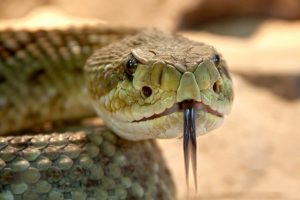Lab yeast make evolutionary leap to multicellularity
(New Scientist, 23 June 2011)
This was the first journalistic account of an experiment in which yeast evolved to become multicellular in just a few weeks, as researchers watched. This is some of the most fascinating work I know of in experimental evolution, and I’ve covered further developments several times since then, most recently in Simple lab life makes an evolutionary leap in a few generations (New Scientist, 10 August 2016)
 Under the hood
Under the hood
(New Scientist, 7 June 2014)
I’ve always been fascinated by snakes, and it turns out that many evolutionary biologists are, too, because snakes are arguably the most highly evolved of all vertebrates. Read why here.
Evolution’s big bang: how life on Earth took off
(New Scientist, 28 February 2015)
The Burgess Shale, in Canada’s Rocky Mountains, is one of the world’s most important fossil beds documenting the origin of animal diversity. I visited one of the key palaeontologists at his most recent fossil find.
Life chances
(New Scientist, 14 March 2015)
If you could rewind the tape of life and run it again from the beginning, would evolution follow much the same course, or would it be completely different? A look at the competing forces of chance and determinism in evolution.
